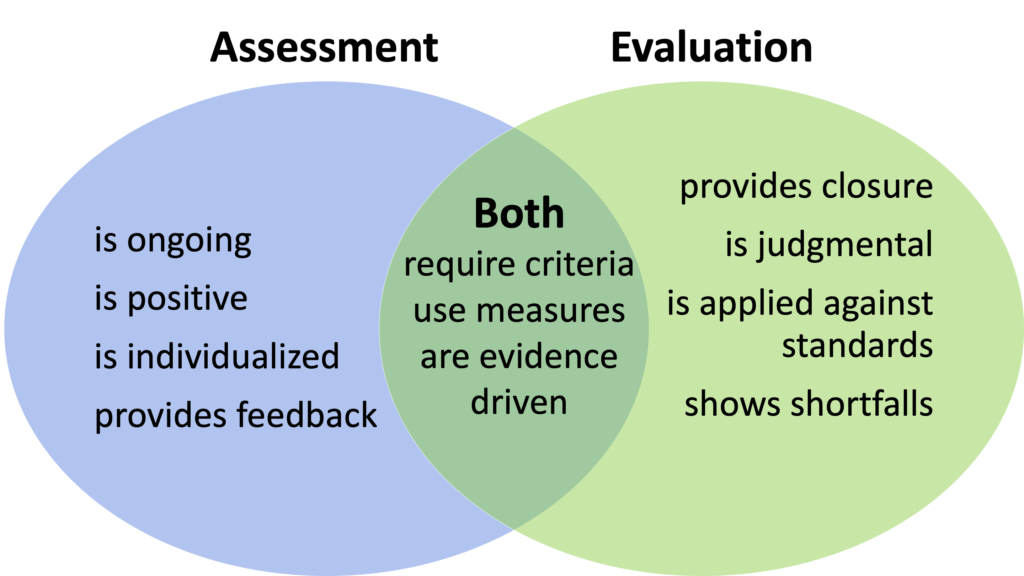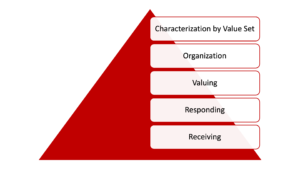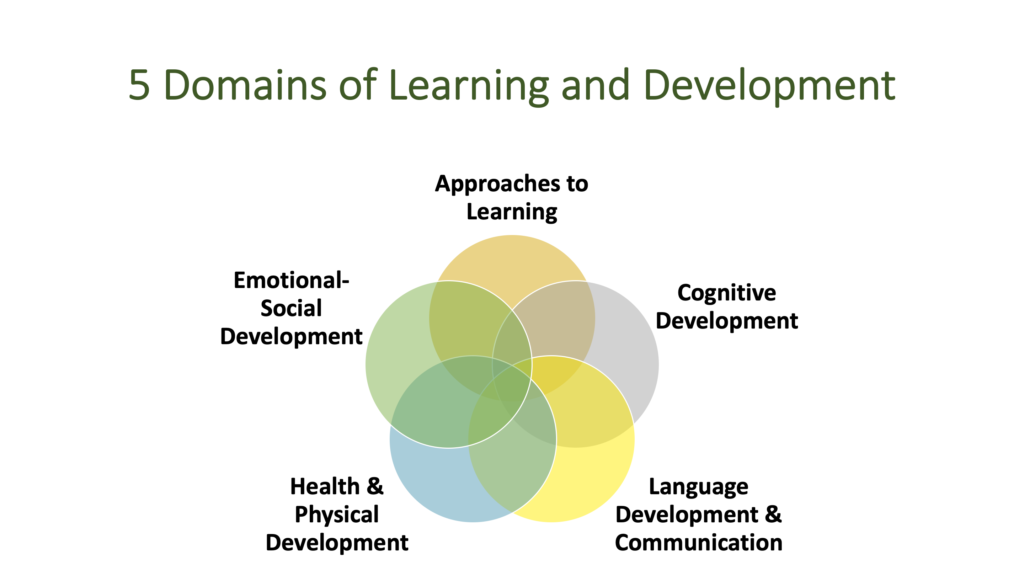Lesson 6.1: Assessment and Evaluation
- Page ID
- 10353
\( \newcommand{\vecs}[1]{\overset { \scriptstyle \rightharpoonup} {\mathbf{#1}} } \)
\( \newcommand{\vecd}[1]{\overset{-\!-\!\rightharpoonup}{\vphantom{a}\smash {#1}}} \)
\( \newcommand{\id}{\mathrm{id}}\) \( \newcommand{\Span}{\mathrm{span}}\)
( \newcommand{\kernel}{\mathrm{null}\,}\) \( \newcommand{\range}{\mathrm{range}\,}\)
\( \newcommand{\RealPart}{\mathrm{Re}}\) \( \newcommand{\ImaginaryPart}{\mathrm{Im}}\)
\( \newcommand{\Argument}{\mathrm{Arg}}\) \( \newcommand{\norm}[1]{\| #1 \|}\)
\( \newcommand{\inner}[2]{\langle #1, #2 \rangle}\)
\( \newcommand{\Span}{\mathrm{span}}\)
\( \newcommand{\id}{\mathrm{id}}\)
\( \newcommand{\Span}{\mathrm{span}}\)
\( \newcommand{\kernel}{\mathrm{null}\,}\)
\( \newcommand{\range}{\mathrm{range}\,}\)
\( \newcommand{\RealPart}{\mathrm{Re}}\)
\( \newcommand{\ImaginaryPart}{\mathrm{Im}}\)
\( \newcommand{\Argument}{\mathrm{Arg}}\)
\( \newcommand{\norm}[1]{\| #1 \|}\)
\( \newcommand{\inner}[2]{\langle #1, #2 \rangle}\)
\( \newcommand{\Span}{\mathrm{span}}\) \( \newcommand{\AA}{\unicode[.8,0]{x212B}}\)
\( \newcommand{\vectorA}[1]{\vec{#1}} % arrow\)
\( \newcommand{\vectorAt}[1]{\vec{\text{#1}}} % arrow\)
\( \newcommand{\vectorB}[1]{\overset { \scriptstyle \rightharpoonup} {\mathbf{#1}} } \)
\( \newcommand{\vectorC}[1]{\textbf{#1}} \)
\( \newcommand{\vectorD}[1]{\overrightarrow{#1}} \)
\( \newcommand{\vectorDt}[1]{\overrightarrow{\text{#1}}} \)
\( \newcommand{\vectE}[1]{\overset{-\!-\!\rightharpoonup}{\vphantom{a}\smash{\mathbf {#1}}}} \)
\( \newcommand{\vecs}[1]{\overset { \scriptstyle \rightharpoonup} {\mathbf{#1}} } \)
\( \newcommand{\vecd}[1]{\overset{-\!-\!\rightharpoonup}{\vphantom{a}\smash {#1}}} \)
\(\newcommand{\avec}{\mathbf a}\) \(\newcommand{\bvec}{\mathbf b}\) \(\newcommand{\cvec}{\mathbf c}\) \(\newcommand{\dvec}{\mathbf d}\) \(\newcommand{\dtil}{\widetilde{\mathbf d}}\) \(\newcommand{\evec}{\mathbf e}\) \(\newcommand{\fvec}{\mathbf f}\) \(\newcommand{\nvec}{\mathbf n}\) \(\newcommand{\pvec}{\mathbf p}\) \(\newcommand{\qvec}{\mathbf q}\) \(\newcommand{\svec}{\mathbf s}\) \(\newcommand{\tvec}{\mathbf t}\) \(\newcommand{\uvec}{\mathbf u}\) \(\newcommand{\vvec}{\mathbf v}\) \(\newcommand{\wvec}{\mathbf w}\) \(\newcommand{\xvec}{\mathbf x}\) \(\newcommand{\yvec}{\mathbf y}\) \(\newcommand{\zvec}{\mathbf z}\) \(\newcommand{\rvec}{\mathbf r}\) \(\newcommand{\mvec}{\mathbf m}\) \(\newcommand{\zerovec}{\mathbf 0}\) \(\newcommand{\onevec}{\mathbf 1}\) \(\newcommand{\real}{\mathbb R}\) \(\newcommand{\twovec}[2]{\left[\begin{array}{r}#1 \\ #2 \end{array}\right]}\) \(\newcommand{\ctwovec}[2]{\left[\begin{array}{c}#1 \\ #2 \end{array}\right]}\) \(\newcommand{\threevec}[3]{\left[\begin{array}{r}#1 \\ #2 \\ #3 \end{array}\right]}\) \(\newcommand{\cthreevec}[3]{\left[\begin{array}{c}#1 \\ #2 \\ #3 \end{array}\right]}\) \(\newcommand{\fourvec}[4]{\left[\begin{array}{r}#1 \\ #2 \\ #3 \\ #4 \end{array}\right]}\) \(\newcommand{\cfourvec}[4]{\left[\begin{array}{c}#1 \\ #2 \\ #3 \\ #4 \end{array}\right]}\) \(\newcommand{\fivevec}[5]{\left[\begin{array}{r}#1 \\ #2 \\ #3 \\ #4 \\ #5 \\ \end{array}\right]}\) \(\newcommand{\cfivevec}[5]{\left[\begin{array}{c}#1 \\ #2 \\ #3 \\ #4 \\ #5 \\ \end{array}\right]}\) \(\newcommand{\mattwo}[4]{\left[\begin{array}{rr}#1 \amp #2 \\ #3 \amp #4 \\ \end{array}\right]}\) \(\newcommand{\laspan}[1]{\text{Span}\{#1\}}\) \(\newcommand{\bcal}{\cal B}\) \(\newcommand{\ccal}{\cal C}\) \(\newcommand{\scal}{\cal S}\) \(\newcommand{\wcal}{\cal W}\) \(\newcommand{\ecal}{\cal E}\) \(\newcommand{\coords}[2]{\left\{#1\right\}_{#2}}\) \(\newcommand{\gray}[1]{\color{gray}{#1}}\) \(\newcommand{\lgray}[1]{\color{lightgray}{#1}}\) \(\newcommand{\rank}{\operatorname{rank}}\) \(\newcommand{\row}{\text{Row}}\) \(\newcommand{\col}{\text{Col}}\) \(\renewcommand{\row}{\text{Row}}\) \(\newcommand{\nul}{\text{Nul}}\) \(\newcommand{\var}{\text{Var}}\) \(\newcommand{\corr}{\text{corr}}\) \(\newcommand{\len}[1]{\left|#1\right|}\) \(\newcommand{\bbar}{\overline{\bvec}}\) \(\newcommand{\bhat}{\widehat{\bvec}}\) \(\newcommand{\bperp}{\bvec^\perp}\) \(\newcommand{\xhat}{\widehat{\xvec}}\) \(\newcommand{\vhat}{\widehat{\vvec}}\) \(\newcommand{\uhat}{\widehat{\uvec}}\) \(\newcommand{\what}{\widehat{\wvec}}\) \(\newcommand{\Sighat}{\widehat{\Sigma}}\) \(\newcommand{\lt}{<}\) \(\newcommand{\gt}{>}\) \(\newcommand{\amp}{&}\) \(\definecolor{fillinmathshade}{gray}{0.9}\)Assessment, as defined by www.edglossary.org , “ refers to the wide variety of methods or tools that educators use to evaluate, measure, and document the academic readiness, learning progress, skill acquisition, or educational needs of students.” It is analogous to evaluation, judgment, rating, appraisal, and analysis. (Great Schools Partnership, 2015)
Although the terms assessment and evaluation are often used synonymously, they are in fact distinctive and different. The intent of assessment is to measure effectiveness; evaluation adds a value component to the process. A teacher may assess a student to ascertain how well the individual successfully met the learning target. If, however, the measurement is used to determine program placement, for example with a special education program, honors club, or for Individual Educational Program documentation, the assessment constitutes an evaluation.

Goals of Assessment
Assessment is two-fold in nature. It enables the teacher to gather information and to then determine what the learner knows or does not know and concurrently drives the planning phase. In order to meet the needs of all learners, the teacher may need to differentiate the instruction.
The teacher is then responsible for providing positive feedback in a timely manner to the student. This feedback should include specifically whether the student met the learning target, specifically what needs to be improved upon, and who and how these goals will be met.
The intent of assessment has traditionally been to determine what the learner has learned. Today, the emphasis is on authentic assessment. While the former typically employed recall methods, the latter encourages learners to demonstrate greater comprehension. (Wiggins, 1990)
Methods to Assess
Within an academic setting, assessment may include “the process of observing learning;i describing, collecting, recording, scoring, and interpreting information about a student’s or one’s own learning http://www.k12.hi.us/atr/evaluation/glossary.htm.”
It can occur by observations, interviews, tests, projects or any other information gathering method. Within the early childhood and early primary elementary grades, observations are used frequently to assess learners. Teachers may use a checklist to note areas of proficiency or readiness and may opt to use checkmarks or some other consistent means for record-keeping.
 Another form of assessment in the early grades incorporates anecdotal records. These consist of narratives in which the teacher notes behaviors or abilities. Anecdotal records should be factual accounts, with interpretation clearly delineated.
Another form of assessment in the early grades incorporates anecdotal records. These consist of narratives in which the teacher notes behaviors or abilities. Anecdotal records should be factual accounts, with interpretation clearly delineated.
It is helpful for a teacher to include the date, day, and time. This record-keeping may result in emerging patterns. Does the learner exhibit certain behaviors or respond to learning activities because of proximity to lunchtime, or morning or afternoon? The aspect of understanding how individuals learn can be noted within the affective domain. (Kirk, N/D) This may influence how a student learns and behaves within a classroom setting. Seating, natural and artificial lighting, noise, and temperature all influence how a student feels and interacts within the environment and can have effect cognitive behaviors.
Interviews can be used on the elementary or secondary levels as an assessment tool. Like any other well- planned assessment tool, they necessitate careful planning and development of questions, positive rapport with the student, and an environment that is free from distractions, outside noise, and time constraints. Interviews may or may not be audiotaped or videotaped and scoring rubrics may be used to assess (Southerland, ND).
Tests offer yet another venue for assessment purposes. They may take the form of essay or short response, fill-in-the-blank, matching, or true or false formats. Like any of the other methods, they should be valid and reliable. Carefully thought out test questions need to be tied to learning standards and a clear and fair scoring measure needs to be in place.
Typically, assessment has been viewed as the result; the letter or point assigned at the end of an assignment; however, assessment can and should come at the beginning, end and throughout the teaching and learning process. While assessment should drive instruction, it often falls short when determining instructional decisions

Scenario
Danielle Stein eagerly anticipated the upcoming parent-teacher conferences of the day. She had studied hard as a Childhood Education major and had worked diligently in her first year as a third-grade teacher at Maplewood Elementary School. Danielle had planned interdisciplinary lessons, employed inquiry-based learning centers, and met regularly with individual students to ensure that they had mastered the skills as determined by the state standards.
Each student had a portfolio filled with dated representations of their work. Ms. Stein understood the importance of specific and timely feedback and had painstakingly provided detailed written feedback on each work sample. She meticulously arranged the portfolios along with anecdotal notes and looked forward to sharing the accomplishments of the students with their family members.
As last-minute jitters began to set in, Danielle realized that she had no grades for any of the students. Despite doing all the right things, she had no way to assign a grade to any of the work the students had done. How would she respond when guardians asked what grade their child would earn on the first report card? How would she accurately tell them how they compared with their peers in reading? In math? In social studies and science?
Danielle quickly realized she was not as prepared as she had anticipated.
Reflection Question
What's the difference between assessment and evaluation?
- Foundations of Education. Authored by: SUNY Oneonta Education Department. License: CC BY: Attribution


